Pesto Recipe that will elevate any dish! This easy, flavorful version I learned in New Zealand is a total game-changer. You’ll love how simple it is to make!
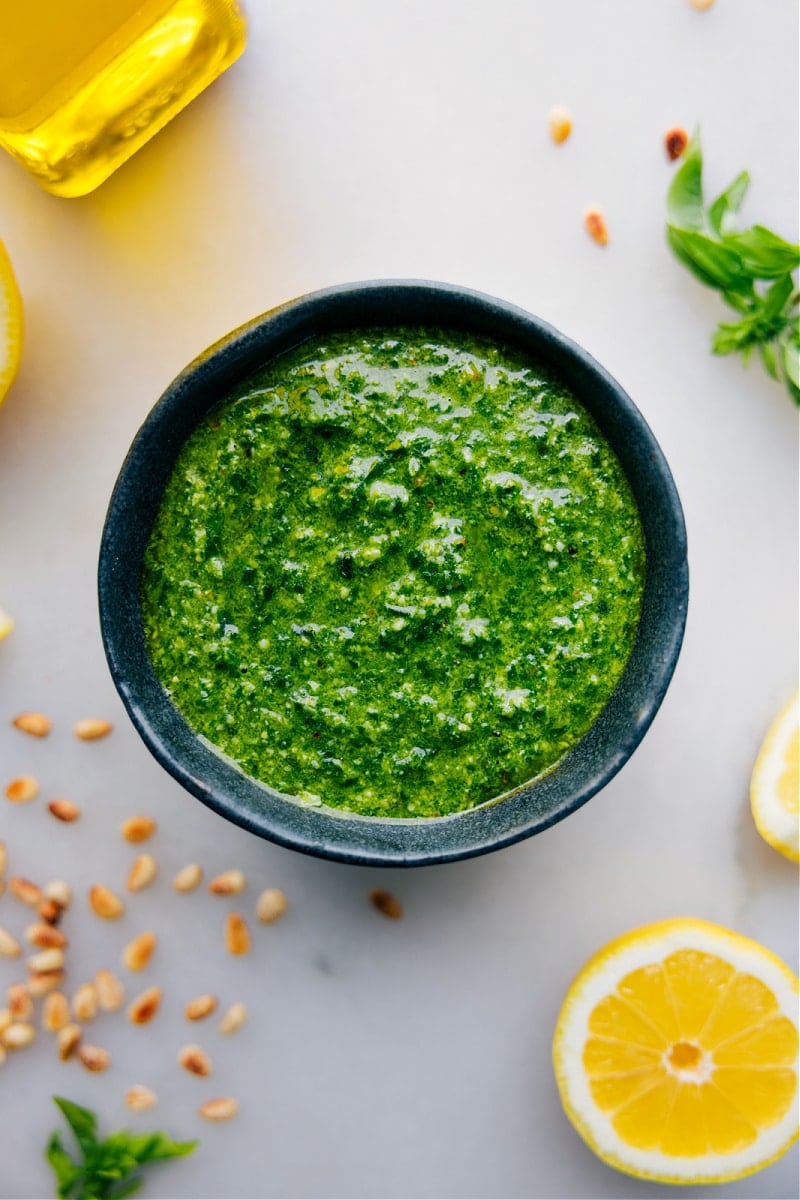

author’s note
Pesto Recipe Straight From New Zealand!
Pesto has always been one of my favorites—it’s the kind of thing that makes everything better. For years, I felt like I was missing the perfect recipe.
That changed after visiting New Zealand, where I had the best pesto I’ve ever tasted. Naturally, I had to ask the chef for his recipe, and to my surprise, he shared it with me! As soon as I got home, I tested it in my own kitchen.
I made a few adjustments to scale it down, and once I got the measurements right, I had that same incredible pesto right at home. Now, I make a batch almost every week—it’s a total staple!
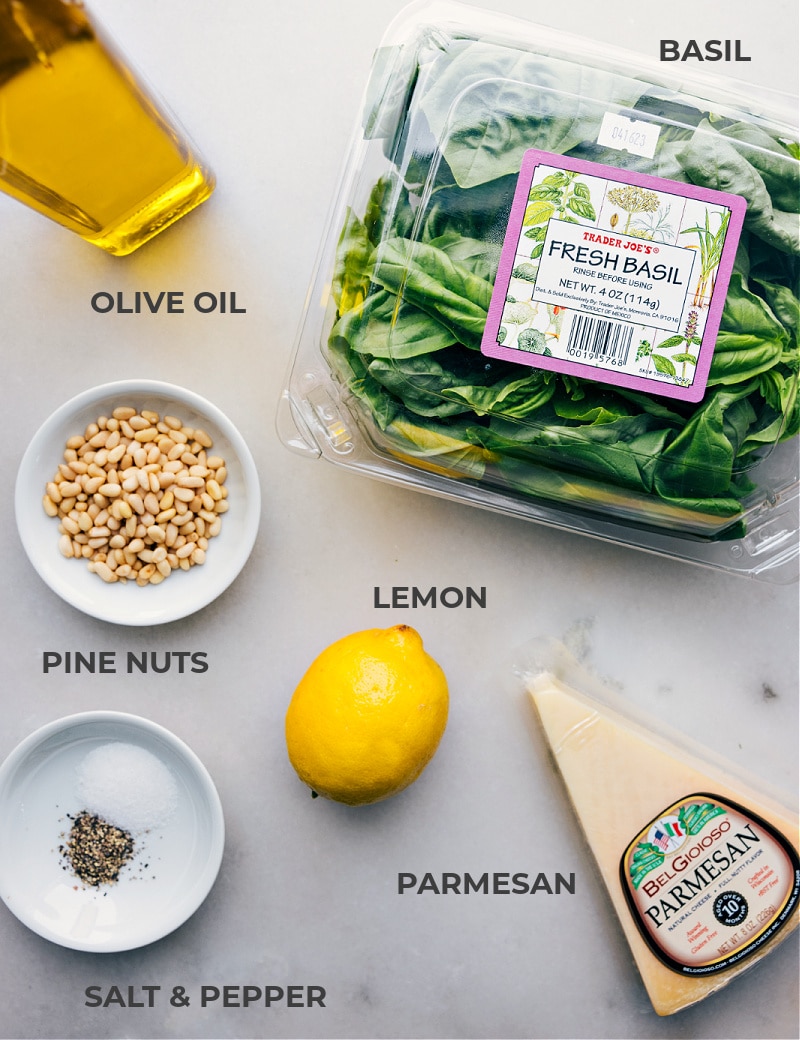
Pesto Recipe Ingredients
- Basil leaves: Use fresh basil for the best flavor. Older basil changes the flavor and look of your pesto.
- Pine nuts: Toast them to bring out their nuttiness and flavor.
- Olive oil: Use good-quality olive oil for a smooth, creamy texture and great flavor.
- Parmesan cheese: Grate it finely and pack it in to blend easily.
- Fresh lemon: Adds a bright, tangy kick to balance the sauce.
- Salt and pepper: Just a pinch of sea salt and freshly ground pepper is all you need.
Get The Right Quantity Of Basil
Measuring basil for pesto can be tricky, as packing it into cups can lead to different amounts.
- My top tip: use a food scale. It removes the guesswork and makes sure you have the right amount of basil.
- For this recipe, you’ll need 4 ounces (100-110 grams) of fresh basil. If you don’t have a scale, buy basil in a packet that shows the weight.
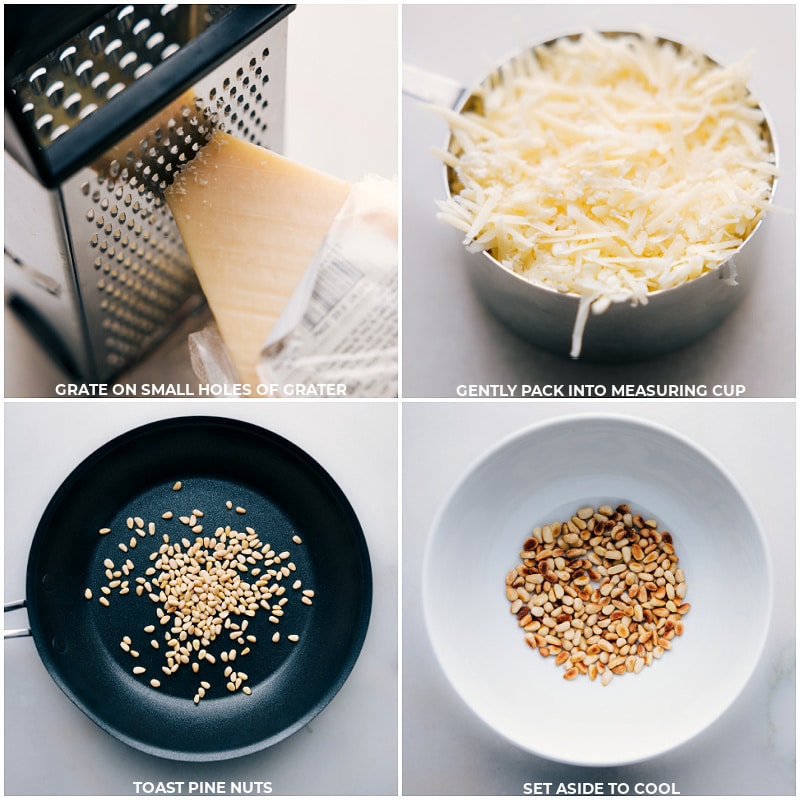
Variations
Switch Things Up
- Different greens: Swap basil for arugula, spinach, kale, or parsley for a fresh flavor.
- Nut substitutes: Pine nuts are classic, but walnuts, cashews, almonds, or hazelnuts work too, each with a unique flavor.
- Allergy swap: If you have a nut allergy, sunflower seeds are a good option.
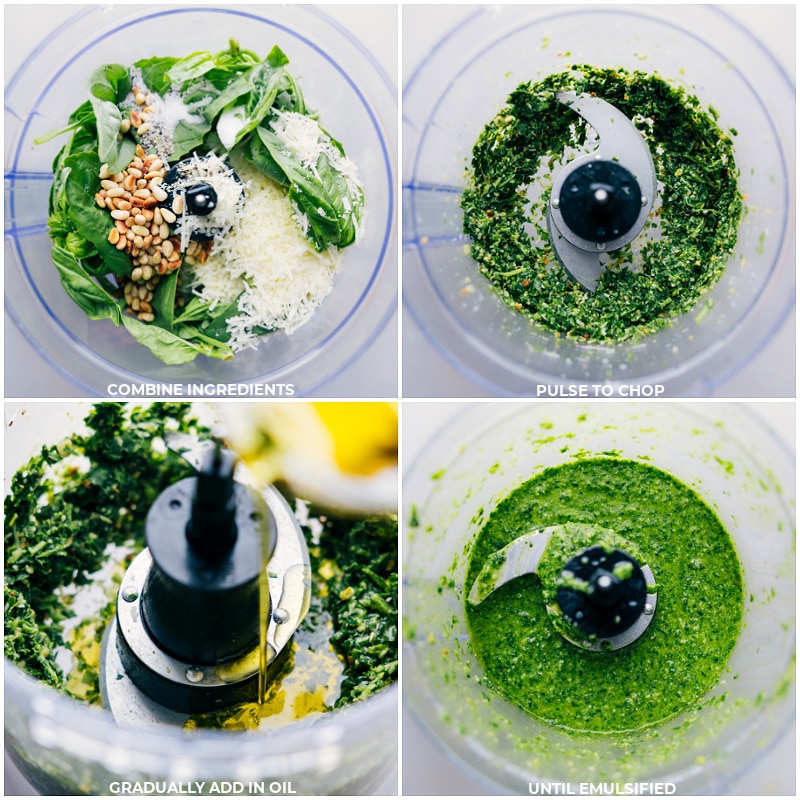
Pesto Making Tools
When making this Pesto Recipe, you have a few tools to choose from:
- Food processor: Best for making large batches and creating a smooth texture.
- Blender: Works well for big batches, but smaller amounts may need extra scraping.
- Immersion blender: Great for small batches. It’s not as smooth as a food processor.
- Spice/nut grinder: Ideal for small batches. I like finishing my pesto with a nut grinder for a smoother texture after blending.
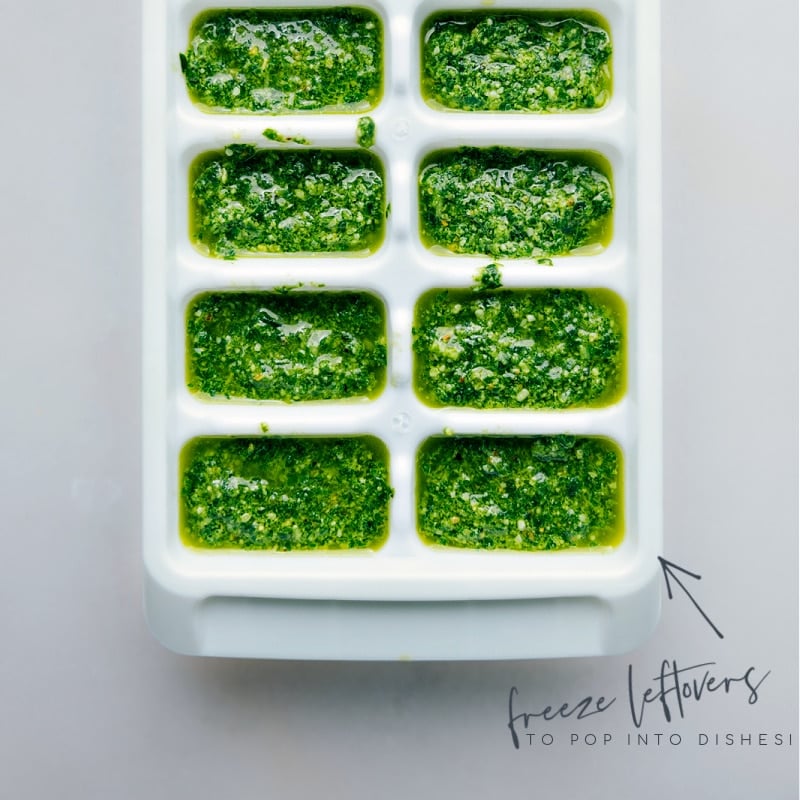
How To Use This Homemade Pesto Recipe
- Toss with pasta: Check out this creamy pesto pasta or use it in a pesto pasta salad.
- Spread on toast, wraps, or sandwiches: Use pesto on avocado toast, sandwiches, or wraps with tomatoes and mozzarella.
- Use as a dip: Serve pesto with fresh veggies, crackers, or breadsticks as a fun dip.
- Top grilled meat or fish: Add pesto on grilled chicken, fish, or steak for extra flavor.
Storage
Pesto Recipe Storage
- Store pesto in an airtight container in the fridge for up to 3 days or freeze for up to 3 months. To prevent browning, cover the surface with a thin layer of olive oil.
- For extra pesto, freeze in ice cube trays. Once frozen, transfer cubes to a freezer bag, label with the date, and store for up to 3 months.
- To use, thaw cubes in the fridge overnight or add directly to hot pasta, soups, or sauces for loads of flavor.
Use Pesto In One Of These Favorite Recipes:
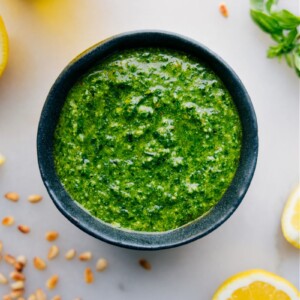
Pesto Recipe
Equipment
- Small pan
- Food scale see note 1
- Food processor or blender or nut grinder, see note 2
Ingredients
Instructions
- Preheat a small pan over medium-high heat (don’t add oil). Add pine nuts in an even layer and toast, stirring frequently, until lightly golden brown. Watch carefully! Once toasted, immediately transfer them to a bowl and let cool.
- Add all the ingredients except oil to a food processor or blender. Season to taste; I add a heaping 1/2 tsp salt and 1/4 tsp pepper. Pulse until ingredients are finely chopped. Scrape edges with a spatula as needed.
- While pulsing, gradually add the oil. Continue to pulse until pesto is smooth (or to your desired consistency). If you can’t quite get the pesto as smooth as you’d like, consider transferring it to a nut grinder and further processing it (see note 2) or keep stirring/scraping the edges and continue to pulse in the food processor/blender.
- Taste and adjust, adding a touch more salt if it tastes bitter, more lemon juice for a brighter flavor, or more cheese for a creamier texture. Remember, it’s a very concentrated flavor, so it mellows out when used in a dish! It’s also supposed to be thick, but you can further thin it with more oil if desired.
- Read through the blog post for loads of ideas how to use pesto. My favorite way is to make pesto pasta or to spread on avocado toast, sandwiches, or wraps.
Recipe Notes
Nutrition
Nutrition information is automatically calculated, so should only be used as an approximation.
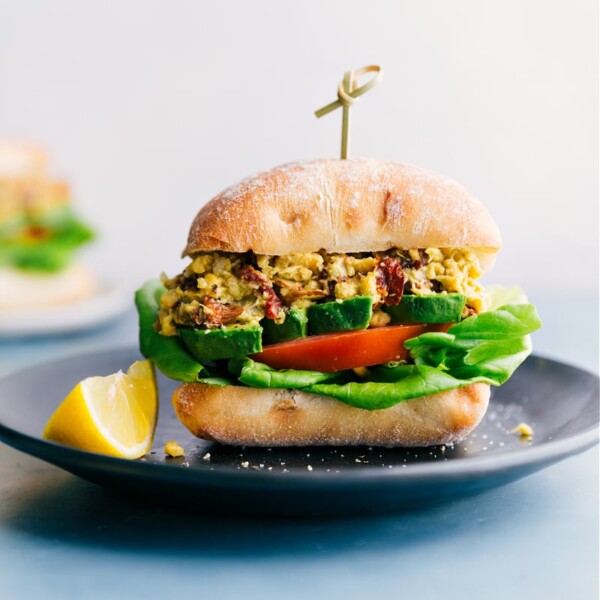
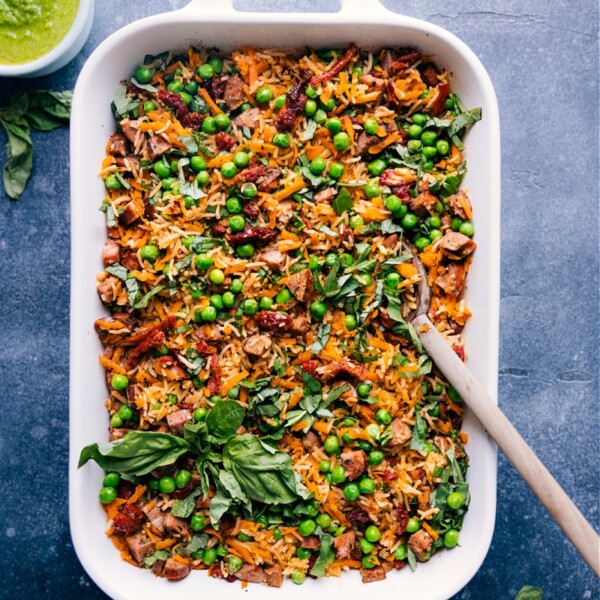
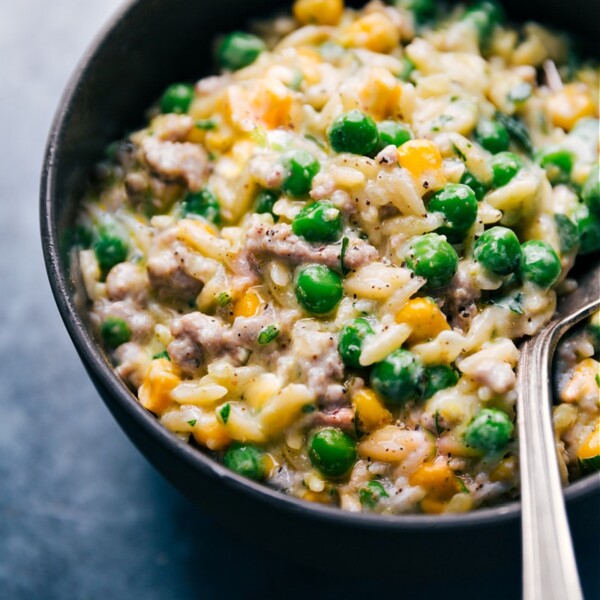



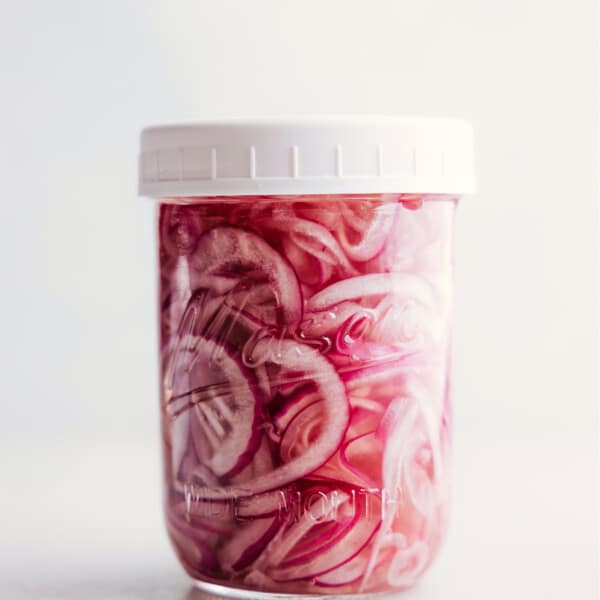
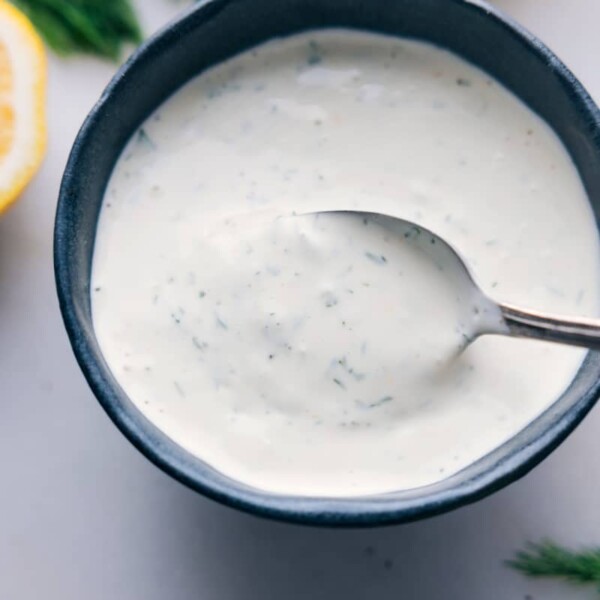
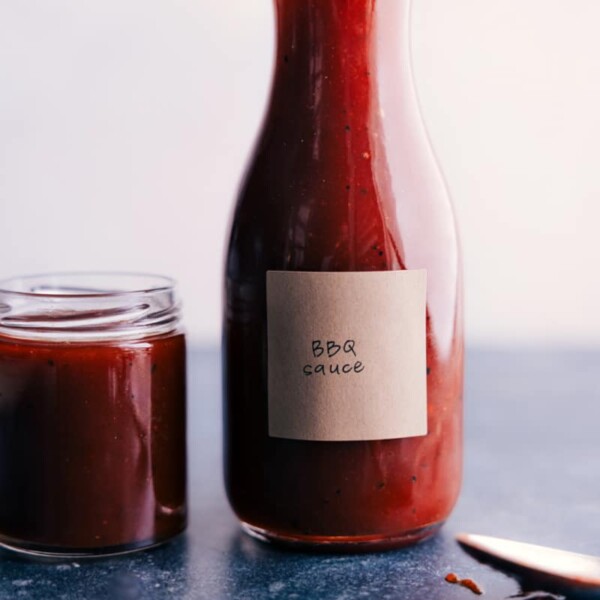
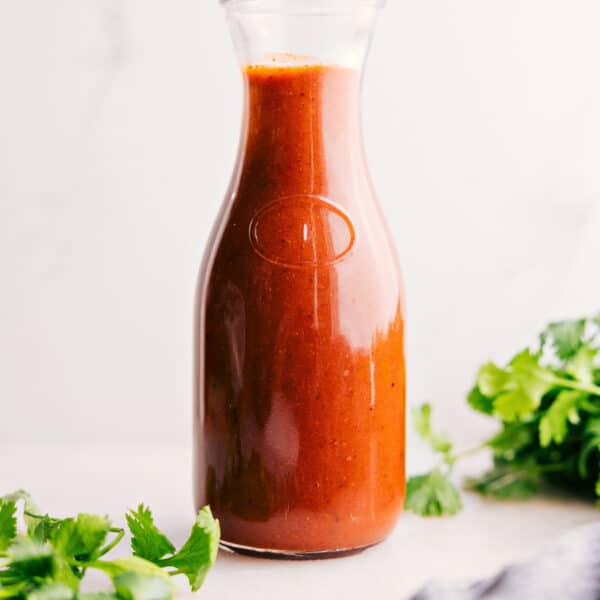









No garlic? It’s not Pesto without garlic
No garlic 🙂 But feel free to add some in if you’d like 🙂
Cant wait to make this soon for me can i use vegan parmesan cheese i love pesto soooooooooooooooo much perfect for with snacks love your recipes as always brightens up my day everyday after work
Delish! I’m so excited for you to try! 🙂